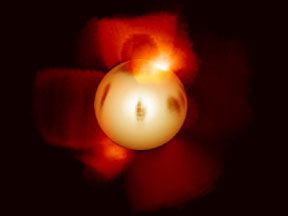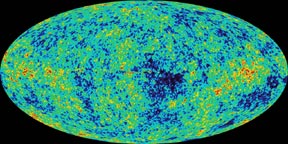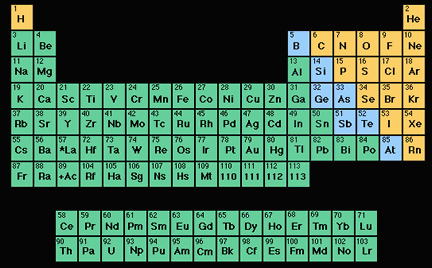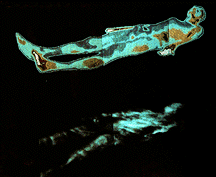ExploraTour: A Peek into the Lives of the Stars

About 4 and a half billions years ago something interesting happened in space. The sun turned on at the center of a cloud of gas and dust. The rest is history.
We now know that the sun and other stars are born in dust clouds deep in outer space. As they get older they get redder and swell to many times their original size. Finally they end in incredible explosions that leave behind very strange objects.
And that is not all. Most atoms, the tiny particles that make up everything on Earth, including you, are made in stars and in the explosion of stars.
How about that . . . you are from outer space after all!
Click ahead to find out more.











